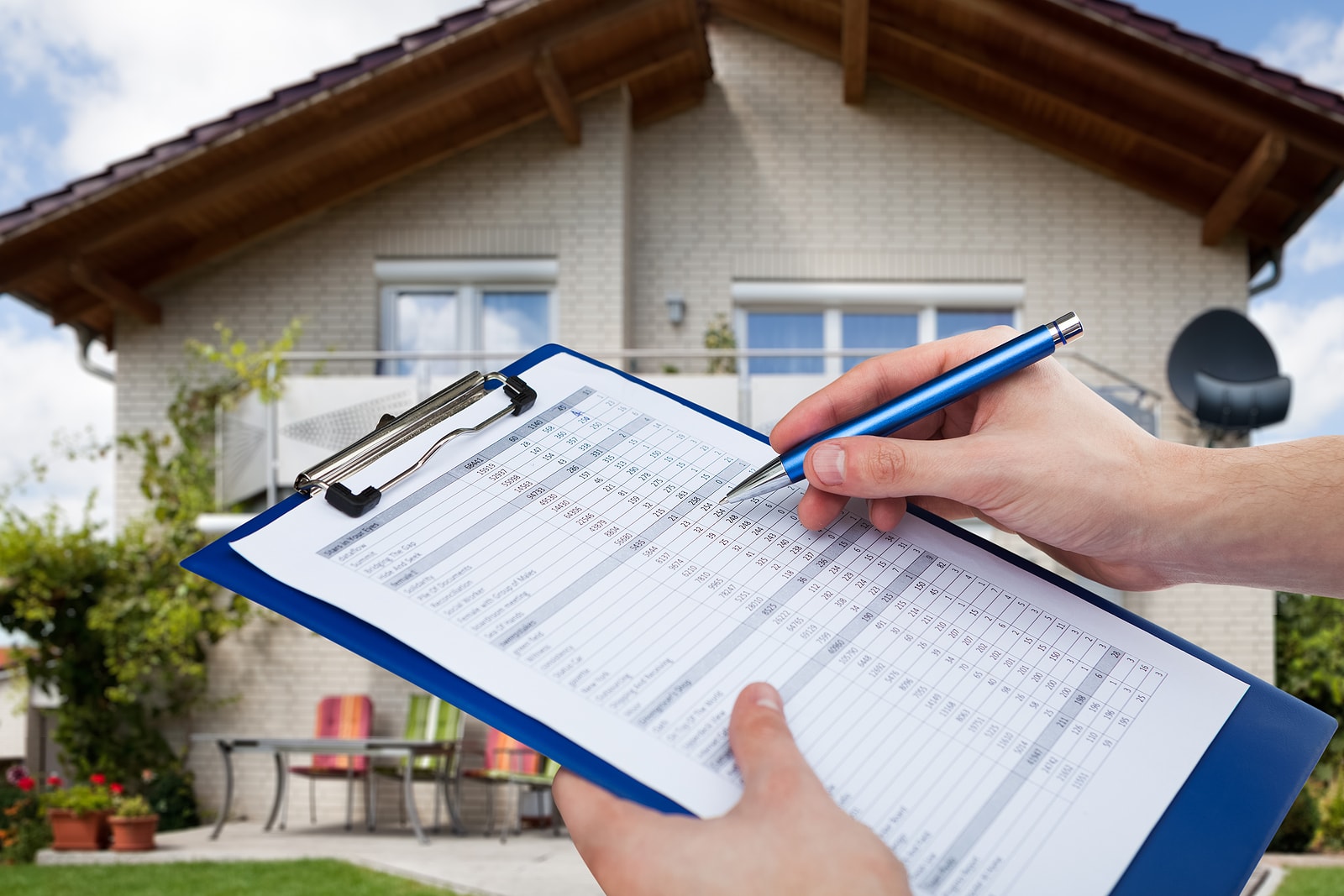Property Inspections – Update to Current & Best Practises – Dec 15, 2020
Tenant completed inspections are a well used current practice helping property managers and landlords keep abreast of the condition of their rental properties while maintaining social distance. The process is quite simple with the right inspection application. The tenant is sent an inspection invitation on their smart phone or tablet, they perform the inspection, sign and submit back capturing the information that is requested. The inspection conditions can be then compared side-by-side with the move-in inspection or an earlier one, to ascertain changes which may be due to normal wear and tear or damage as a result of tenant neglect.
It is good practice to conduct inspections at the time of a tenancy renewal; by doing this, it allows the landlord to keep current on the property conditions while checking in with the tenants on their upkeep habits both remotely and paperless. These inspections can accommodate photos which are often useful in determining any actions required.
Regular inspections are critical to ensure the property owner’s investment is being well managed and maintained. Inspections helps keep tabs on the condition of the property and provides information on how a tenant maintains a property and how the property manager is doing its job. Importantly, detailed records are required when reconciling a tenant’s security deposit especially if and when a tenant is challenging a deduction.
A move-in inspection should be conducted both inside and outside if applicable. This inspection should detail the condition of the property and also should alert the landlord of any deficiencies that require action. At the end of the tenancy, a similar inspection should take place so that there is basis for determination of changes in the condition and to assess who is responsible for the cost of remedy. In addition, the move-in and out inspections detail the number of keys, fobs and remotes and any other items belonging to the property assigned to the tenant such as TVs, TV remotes, fireplace remotes, operating manuals, to name a few are accounted for and returned at the end.
Interim inspections are always recommended to ensure the property is being maintained such as the furnace filters are being refreshed on a regular basis to protect the hardware and increase the efficiency of operation, and detectors are checked and replaced as required to ensure they are current and in working order. This an ideal opportunity to ensure the tenant is maintaining the property and abiding by the covenants as set out in the lease agreement.
The lease agreement should outline that these periodic inspections will be conducted. Unlike formal interior inspections is better than not doing one at all… a drive-by inspection does not require prior tenant notification. These types of inspections are a key way to ensure the tenant is not violating certain terms of the lease and if something appears amiss, then a formal inspection can be arranged as a follow-up.
A camera is a critical tool to properly documenting the condition of the property.




